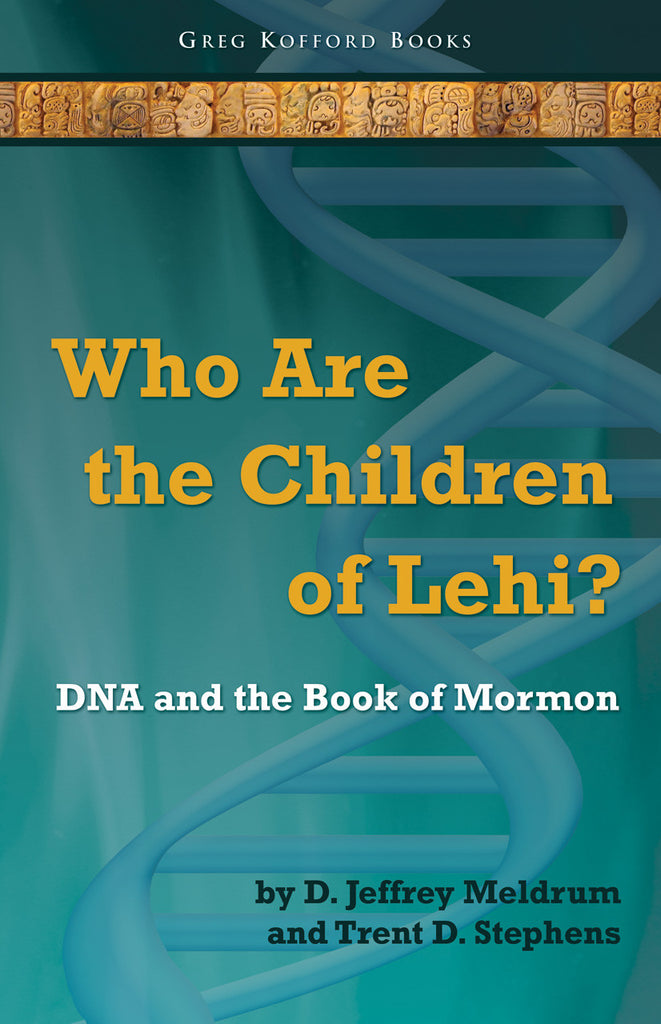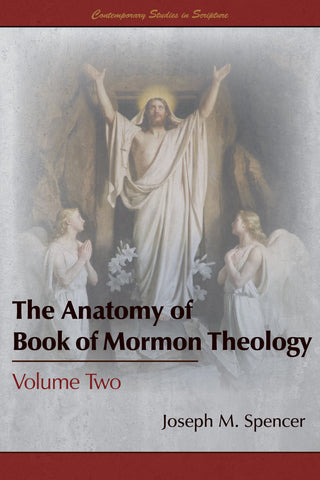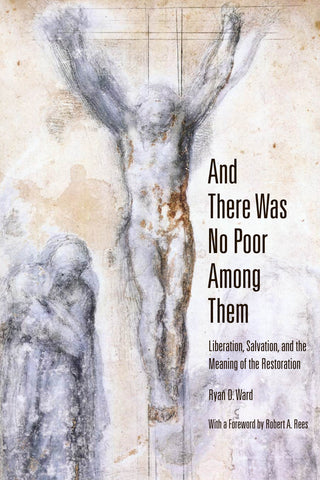Who Are the Children of Lehi? DNA and the Book of Mormon
$15.95
by D. Jeffrey Meldrum and Trent D. Stephens
“It may just cause you to think a little harder on the subject.” — Association for Mormon Letters



Available in ebook for Kindle, Nook, Apple, Google Play, and Kobo.
Also available through Amazon.
Book Description:
How does the Book of Mormon, keystone of the LDS faith, stand up to data about DNA sequencing that puts the ancestors of modern Native Americans in northeast Asia instead of Palestine?
In Who Are the Children of Lehi? Meldrum and Stephens examine the merits and the fallacies of DNA-based interpretations that challenge the Book of Mormon’s historicity. They provide clear guides to the science, summarize the studies, illuminate technical points with easy-to-grasp examples, and spell out the data’s implications.
The results? There is no straight-line conclusion between DNA evidence and “Lamanites.” The Book of Mormon’s validity lies beyond the purview of scientific empiricism—as it always has. And finally, inspiringly, they affirm Lehi’s kinship as one of covenant, not genes.
Comprehensive Table of Contents:
.
1. The Book of Mormon: Literal or Literary?
2. A Covenant People: The Bread’s Leaven
3. Clerics, Latter-day Saints, and Lamanites
4. Sharpening Occam’s Razor
5. The DNA Revolution
6. The Genetics of Populations
7. Native American Origins: Paradigms and Northwest Passages
8. Many Routes to America
9. Lehi’s Footprints
10. Who Are the Children of Lehi?
11. A Lehite Gene Marker? Comparing Apples to Oranges
12. Memes: Units of Cultural Transmission
13. Divine Kinship: “No More Strangers or Foreigners”
Index
Praise for Who Are the Children of Lehi:
“Some may think they're taking the easy way out. I don't agree. The conclusions they reach will, in the end, please neither the true believer nor the radical accomodationist. Instead, it tries to transcend the petty squabblings of the extremes and appeals to the reader to rely on the genuine testimony of the Holy Spirit, regardless of the (always) tentative findings of the geneticists. . . . Who are the Children of Lehi? is a good addition to the corpus of knowledge and study of the DNA issue. No matter how you come down on this, it's a worthwhile read. And it may just cause you to think a little harder on the subject.” — Jeffrey Needle, Association for Mormon Letters.
About the Authors:
D. Jeffrey Meldrum, Ph.D., is an associate professor of anatomy and anthropology at Idaho State University and an affiliate curator of vertebrate paleontology at the Idaho Museum of Natural History. His degrees are from Brigham Young University and the State University of New York at Stony Brook with postdoctoral experience at Duke University. Before coming to ISU in 1994, he was an assistant professor in the Evolutionary Morphology Group at Northwestern University Medical School and a repeat invited speaker at the Chicago Center for Religion and Science. At ISU, he teaches human anatomy, organic evolution, and primate studies. He is presently investigating the dynamics of the hominoid foot and the emergence of human bipedalism. Paleontological field experience has taken him to Argentina, Colombia, and the Intermountain West.
Trent D. Stephens, Ph.D., is professor of anatomy and embryology at Idaho State University. His degrees are from Brigham Young University and the University of Pennsylvania. He taught anatomy for four years in the University of Washington’s Medical School and has been teaching anatomy and embryology at Idaho State University since 1981 where he was honored as its Distinguished Teacher (1992), as the Sigma Xi Jerome Bigalow Award recipient for combining teaching and research (1992), and as an Outstanding Researcher (2000). Trent’s research investigates the developmental origins of vertebrate form and the mechanism of the drug thalidomide in causing birth defects. He has published more than eighty scientific papers and books, including several leading textbooks for anatomy and physiology. Trent and Kathleen have five children and ten grandchildren.
More Information:
151 pages
ISBN: 978-1-58958-048-0 (Hardcover)
ISBN: 978-1-58958-129-6 (Paperback)
Published December 2007






Share this item: